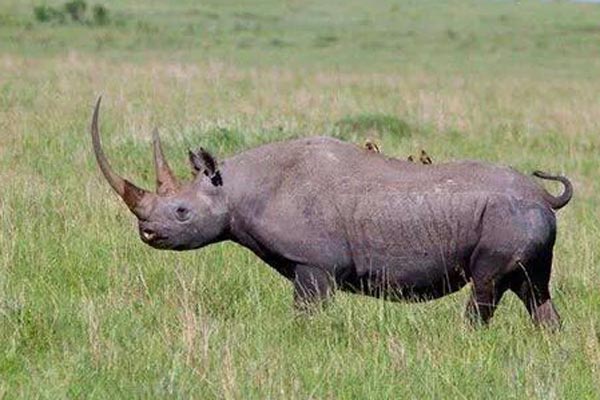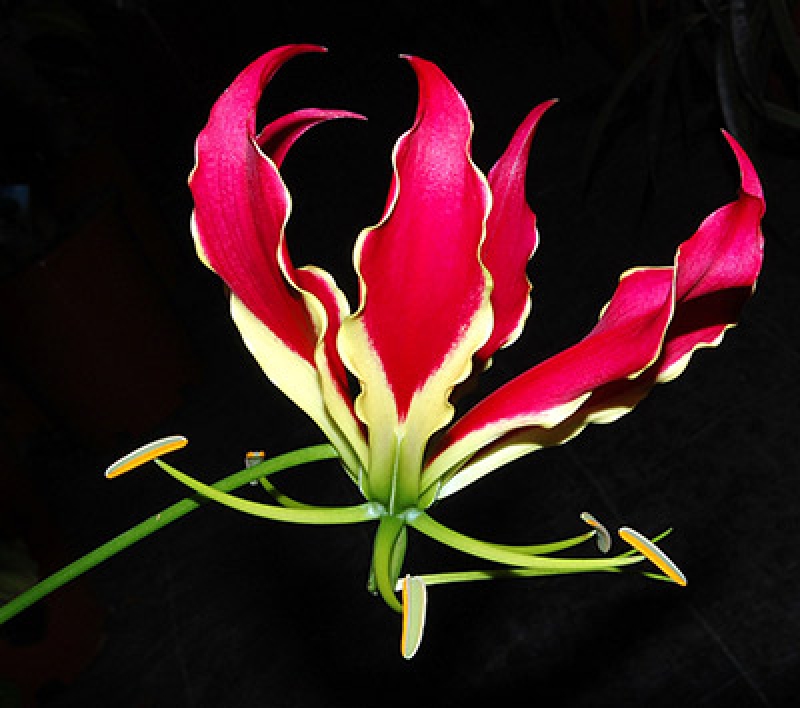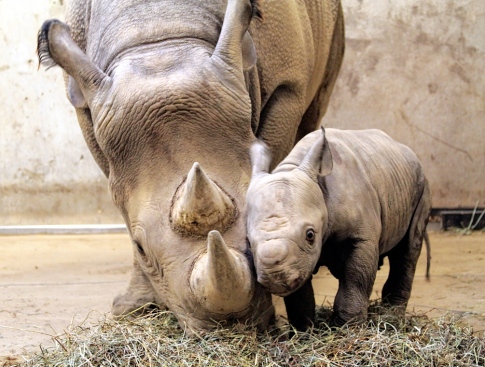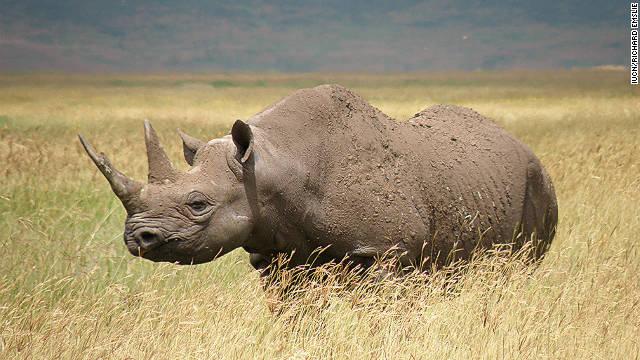Africa’s western black rhino officially declared extinct
According the latest review of animals and plants by the world’s largest conservation network, the African western black rhino is now officially extinct
The subspecies of the black rhino — which is classified as “critically endangered” by the International Union for Conservation of Nature’s (IUCN) on the Red List of Threatened Species — was last seen in western Africa back in 2006.
Poaching Rhinos in Africa has always been a massive challenge and the IUCN warns that other rhinos could follow shortly, saying Africa’s northern white rhino is “teetering on the brink of extinction” while Asia’s Javan rhino is “making its last stand” due to continued poaching and lack of conservation.
Simon Stuart, who is the chair of the IUCN species survival commission recently mentioned that in the case of the western black rhino and the northern white rhino the situation could have had very different results if the suggested conservation measures had been implemented twenty or more years ago”.
While we are probably at the point of too little too late, Stuart added that “These conservation measures must be strengthened now, specifically managing habitats in order to improve performance and preventing other rhinos from fading into extinction,”
The IUCN points to conservation efforts which have paid off for the southern white rhino subspecies which have seen populations rise from less than 100 at the end of the 19th century to an estimated wild population of 20,000 today.
Another success story is that of the Przewalski’s Horse which was listed as “extinct in the wild” back in late 1996 however now, thanks to a well organised captive breeding program, has an estimated population of over 300.
Apart from poaching, old age also plays it’s part. We mentioned the sad story a few weeks ago of a Black Rhino who tragically died at age 43.

Karanja at the Maasai Mara Game Reserve. The rhino died on December 24, 2014 at the age of 43. PHOTO | COURTESY| LESINKO OLE KOOL
Shockingly, the latest update to the IUCN Red List of Threatened Species reviews more than 60,000 species, concluding that 25% of mammals on the list are at great risk of extinction.
Apart from animals, many plants are also under threat, say the IUCN. Recent studies of seventy nine tropical plants in the Indian Ocean archipelago revealed that more than three quarters of them were at risk of extinction.
According to the IUCN, populations of Chinese fir which was once widespread throughout China and Vietnam, is being threatened by the expansion of intensive agriculture.
A type of yew tree (taxus contorta) found in Asia which is used to produce Taxol (a chemotherapy drug) has just been reclassified from “vulnerable” to “endangered” on the IUCN Red List, as has the Coco de Mer — a palm tree found in the Seychelles islands — which is at risk from fires and illegal harvesting of its kernels.
In the oceans, the IUCN reports that five out of eight tuna species are now “threatened” or “near threatened,” while 26 recently-discovered amphibians have been added to the Red List including the “blessed poison frog” (classified as vulnerable) while the “summers’ poison frog” is endangered.
“This update offers both good and bad news on the status of many species around the world,” Jane Smart, director of IUCN’s global species program said in a statement.
“We have the knowledge that conservation works if executed in a timely manner, yet, without strong political will in combination with targeted efforts and resources, the wonders of nature and the services it provides can be lost forever.”



Hermann Brandt’s (Artist) sculpture of a black rhino, “WHEN ALL ELSE FAILS – FIGHT BACK!, is a personal response to the poaching epidemic sweeping Southern Africa. Hermann is donating 60% of the net procedures from the sale of this limited edition sculpture to the anti-poaching unit of the Tashinga Initiative in South Africa. If, like Hermann, you feel that you want to do something, purchasing one of these limited edition bronzes will be a tangible way you can make a difference. Check out the full story & to see photos of the rhino on Hermann’s website, http://www.hermannbrandt.com.